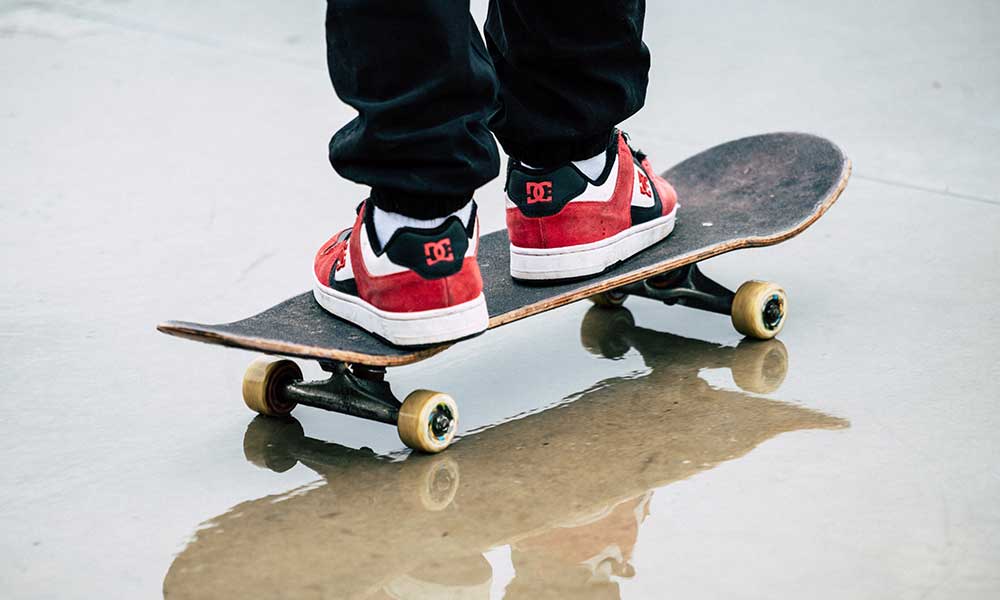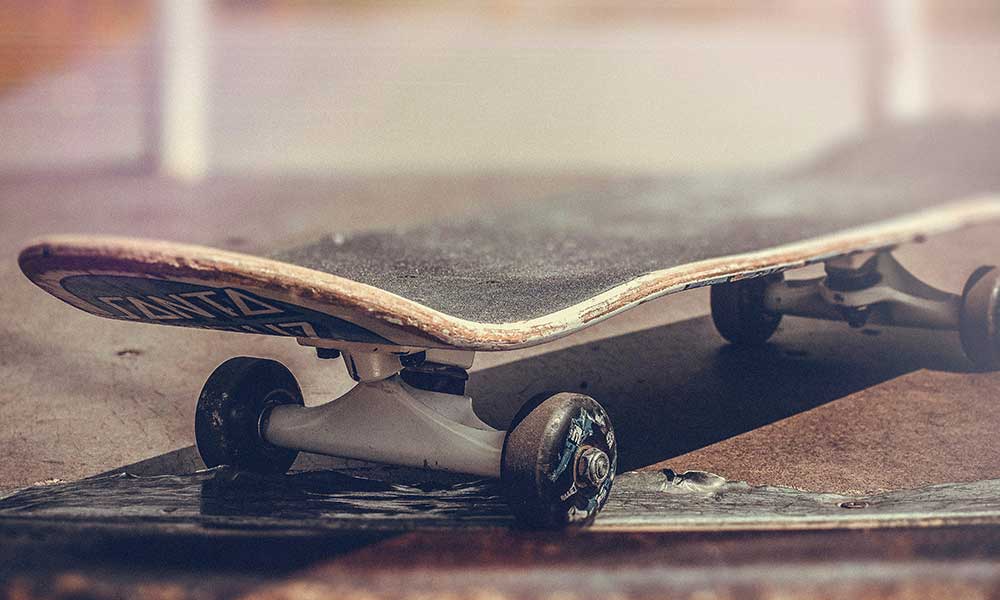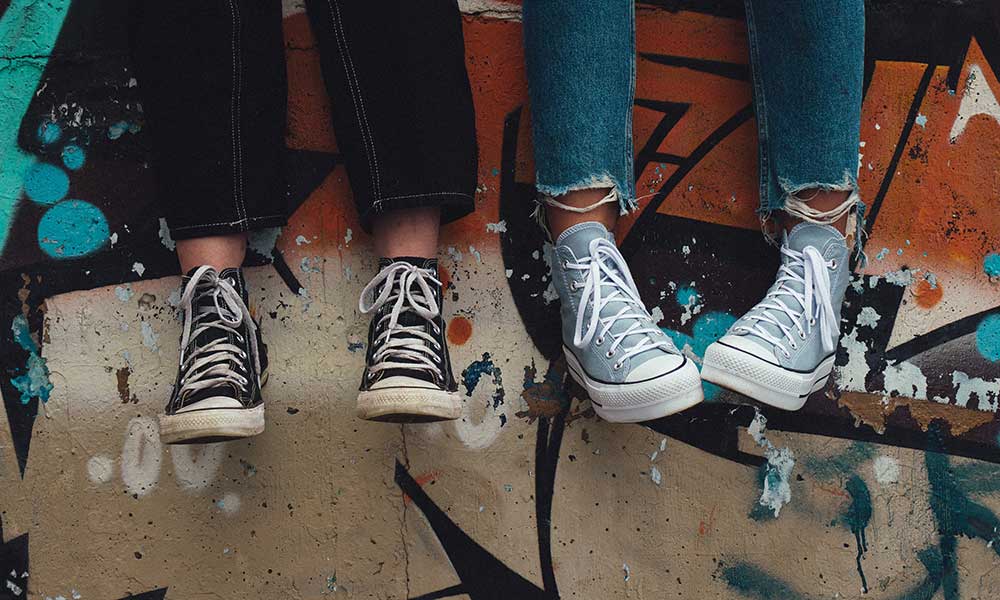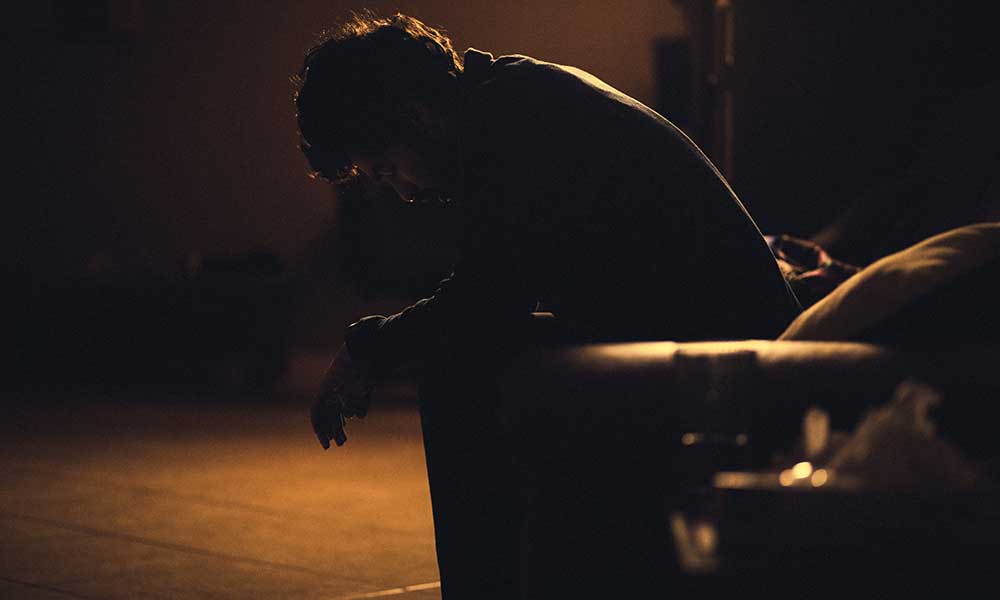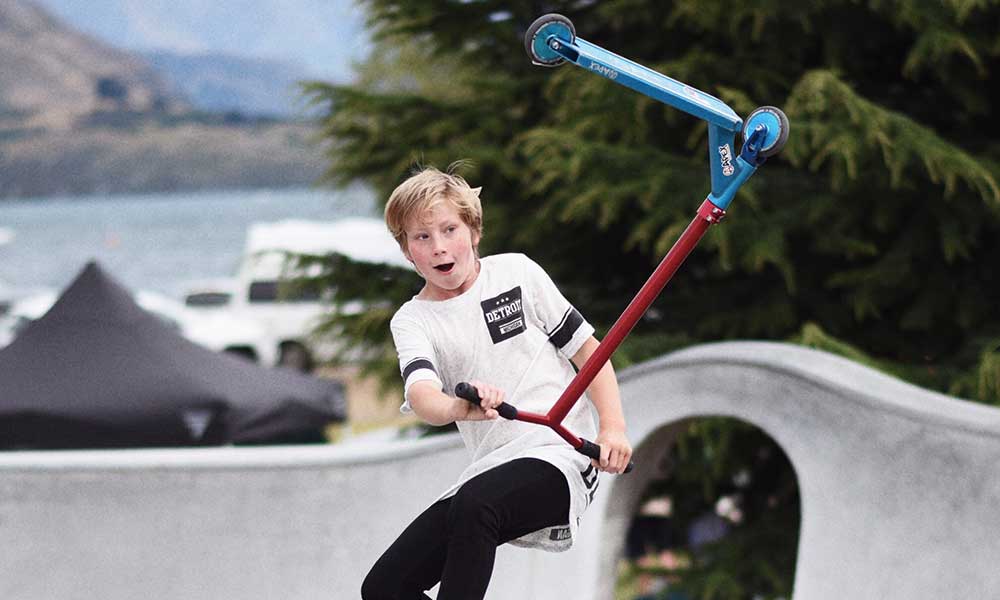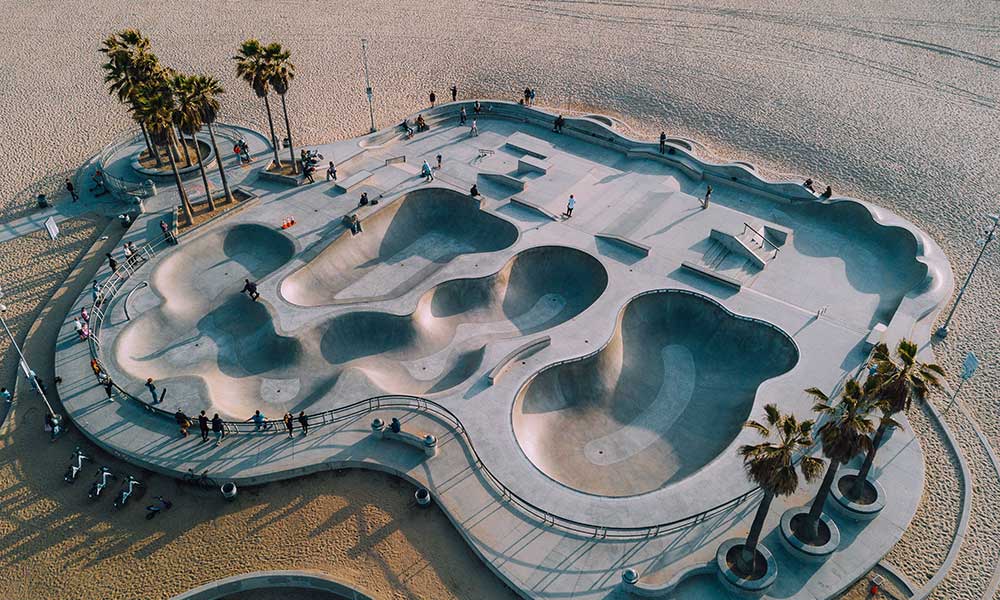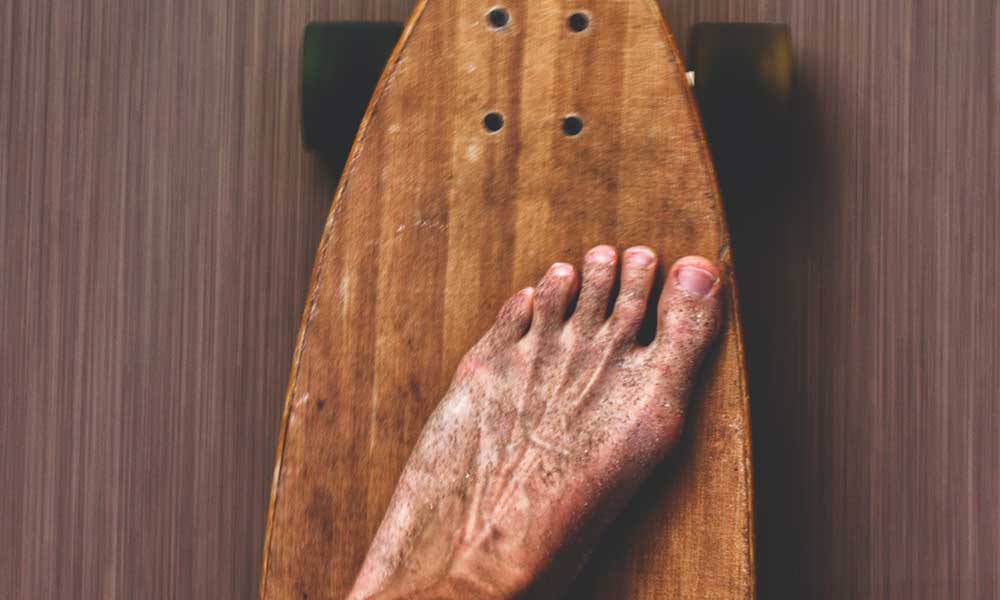When spring rolls around, the skateboards come out. It’s a fair-weather sport for the most part and it originated in sun-drenched California before initially spreading to the equally sunny climes of Australia and South Africa.
But does that mean you should avoid skating when it’s wet, cold, and miserable? And more importantly, is it safe to skate in the rain?
Can You Skateboard in the Rain?
Where possible, you should refrain from skating in the rain or whenever the ground is wet. By the same token, you should avoid puddles and other wet surfaces.
Sometimes, that’s not always possible and you may run through a wet patch of two. In such cases, just maintain your balance and head for a dry patch as soon as you can.
What are the Problems with Skating on Wet Surfaces?
There are two main reasons you should avoid riding in the rain:
- It’ll damage your skateboard, and
- The wheels won’t grip as easily
Let’s dissect those issues.
How Wet Conditions Damage Your Skateboard
Whether you’re skating in the rain or riding after a heavy rain shower, you could be putting your skateboard in jeopardy.
1. Your Skateboard Deck Will Take On Moisture
The main reason you shouldn’t skateboard in the rain is that your deck can become waterlogged.
Skateboard decks are often made from multi-ply maple wood. It’s flexible, strong, and surprisingly durable, making it perfect for skateboards. But those layers are glued together using epoxy resin and when water seeps inside, the glue will come unstuck.
When that happens, the layers may separate and the wood itself will also absorb water. Eventually, those wooden fibers will expand, the skateboard will warp, and while it can still be ridden, it won’t pop like it should and may eventually snap.
2. Your Grip Tape Will Lose Its Grip
When your grip tape gets wet, it may start to peel away. It’ll also lose grip.
This is more of a problem with older grip tape, but it can happen with all types of tape.
By the same token, you should avoid riding in wet shoes. Not only will you get your skateboard wet, but you’ll impair your grip.
3. Your Bearings Will Deteriorate
You should avoid getting your bearings wet at all costs. The lube will dissolve, the bearings may oxidate, and you’ll need to change them.
Stainless steel bearings won’t rust as quickly as chrome/carbon steel bearings, and you can also dry them and clean them to prolong their lifespan, but it’s best to avoid riding in the rain.
Rubber and metal shields are available to protect against dirt, but they don’t stop moisture.
Of course, bearings are cheap, but that doesn’t mean you should just let them rust and then keep changing them. It’s just a waste of time and money, and if you’re not protecting your desk or grip tape, you may need to change more than just your bearings.
4. Your Trucks May Rust
Skateboard trucks can handle wet surfaces better than decks, wheels, bearings, and grip tape. They are designed to last and can withstand a beating, but if you keep riding in wet conditions, the kingpin and washers will rust and you may also damage other parts of the truck.
Losing Your Grip: Skateboard Wheels in the Rain
Skateboard wheels don’t work well in the rain. They have much less grip on wet ground and this will make it hard to perform tricks, turns, and stay in control.
Can I Use A Longboard Skateboard in the Rain?
Longboard wheels are generally better at handling wet conditions than skateboard wheels. They use big and soft wheels and these generally provide more grip in a variety of conditions.
However, on wet and slippery surfaces, they can lose that grip and cause you to lose control. Regardless of the type of skateboard you’re riding, you should always be cautious when skateboarding in the rain.
How to Skateboard Properly and Safely During Bad Weather
If you’re desperate to skate but it’s raining or has just rained, check out these tips.
Check the Weather Forecast
Before you head out to skate, check the weather forecast. It might look okay now, but what about an hour or two from now? What about at the end of the day when you’re still skating?
Buy a Backpack
Take a backpack with you whenever you’re skating outside. As soon as it starts raining, you can hop off the skateboard, stick it in your pack, and head home or for the nearest shelter.
It’s probably not necessary if you’re skating near your home, but if you’re stuck outside in heavy rain and are forced to carry your skateboard under your arm, it could be sopping wet by the time you get home.
Avoid Wet Patches
If you’re skating after heavy rain and most of the ground is dry, avoid wet patches. We’re not just talking about puddles, either. Slick surfaces are not going to cause your skateboard to become waterlogged, but they will affect your grip.
Skate in an Indoor Skatepark
If it’s raining outside, stick your skateboard in your bag and head for your local indoor skatepark. There are over 5,000 skateparks in the United States and a large number of these are covered or entirely indoors.
Keep Your Shoes Dry
Wet shoes can impair your grip and cause water to soak into your grip tape and/or skateboard. It could warp the wood, dissolve the adhesives, and cause the tape to peel.
Wear Protective Gear
You should wear protective gear whenever you skate. Elbow pads, knee pads, wrist guards, and helmets will protect you against the worst injuries associated with skating and are especially important for beginners. They are even more important when you skate in the rain, as you’re more likely to lose your grip, tumble, and hurt yourself.
What Should I Do If My Skateboard Gets Wet?
If your skateboard gets wet, it’s time to take it apart and clean it. Make sure those parts are dry, clean, and sufficiently lubed. You can lube your bearings using products like Bones Speed Cream and check for damage to your skateboard and grip tape.

